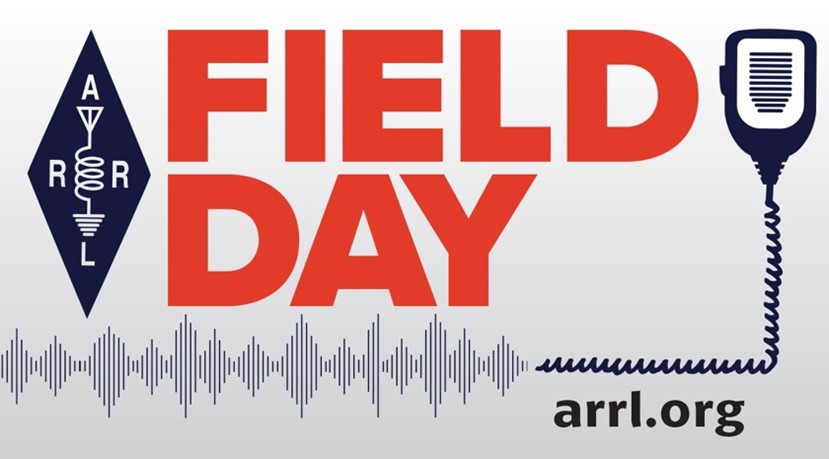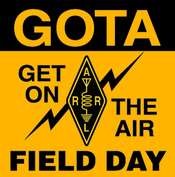Mic fright is a general term for anxiety leading to freezing, choking, and/or hesitating when speaking into a microphone. The physiological response of worrying about saying the correct thing to an audience, either large or small, is very natural and expected. Mic fright is a reality in public speaking, stage performances, and when on the air, especially for new ham radio operators and those who don’t frequently transmit.
Making that first voice contact can be an anxious moment for many new hams. This can also carry over into additional radio contacts where the operator worries about saying the right thing and following the rules.

A great place to start overcoming mic fright is ARRL Field Day. You can gain experience making contacts here under supervision even before you are licensed. There are many Elmers present to guide you in working different bands and modes.
There is an entire section of Field Day rules devoted to a station made just for new hams or those wanting more familiarity with working various bands and modes. This opportunity—supervised by a station controller to help when any problems arise—is made possible through a Get-On-The-Air (GOTA) station.

From ARRL’s Field Day Rules:
4.1.1. Get-On-The-Air (GOTA) Station. Any Class A (or F) entry whose transmitter classification is two or more transmitters may also operate one additional station without changing its base entry category, known as the Get-On-The-Air (GOTA) station. This GOTA station may operate on any Field Day band, HF or VHF, but is limited to one GOTA station transmitted signal at any time.
4.1.1.1. This station must use a different callsign from the primary Field Day station. The GOTA station must use the same callsign for the duration of the event regardless if operators change. The GOTA station uses the same exchange as its parent.
4.1.1.2. The GOTA station may be operated by any person licensed since the previous year’s Field Day, regardless of license class. It may also be operated by a generally inactive licensee. Non-licensed persons may participate under the direct supervision of an appropriate control operator. A list of operators and participants must be included on the required summary sheet to ARRL HQ.
4.1.1.3. As per FCC rules, this station must have a valid control operator present at the control point if operating beyond the license privileges of the participant using the station.
4.1.1.4. The maximum transmitter output power for the GOTA station shall be 100 watts. If the primary Field Day group is claiming the QRP multiplier level of 5, the maximum transmitter output power of the GOTA station may not exceed 5 watts.
4.1.1.5. A maximum of 1,000 QSOs made by this station may be claimed for credit by its primary Field Day operation. In addition, bonus points may be earned by this station under rule 7.3.13.
4.1.1.6. The GOTA station may operate on any Field Day band. Only one transmitted signal is allowed from the GOTA station at any time.
4.1.1.7. The GOTA station does not affect the additional VHF/UHF station provided for under Field Day Rule 4.1.2. for Class A stations.
4.1.1.8. Participants are reminded that non-licensed participants working under the direction of a valid control operator may only communicate with other W/VE stations or with stations in countries with which the US has entered a third-party agreement.
4.1.1.9. The GOTA station does not qualify as an additional transmitter when determining the number of transmitters eligible for the 100-point emergency power bonus under Rule 7.3.1.
As I mentioned in the OnAllBands article, “Give FT8 a Try on ARRL Field Day,” FT8 mode is available for the event, particularly on the HF bands. That means you can work GOTA or a regular station on Field Day without having to worry about mic fright. As an added bonus, all digital contacts are worth two points instead of one! Others who may have mic fright also communicate non-verbally over great distances using CW (Morse code), keyboard-to-keyboard using RTTY or other digital modes, plus slow-scan TV.
I’d still like to encourage you to give the microphone a try. Make yourself a script or list of common phrases so when you get nervous you have something to refer to. The more you practice, the more natural talking into a mic will feel.
Questions? Share them in the comments below or email me at KE8FMJ@arrl.net.

